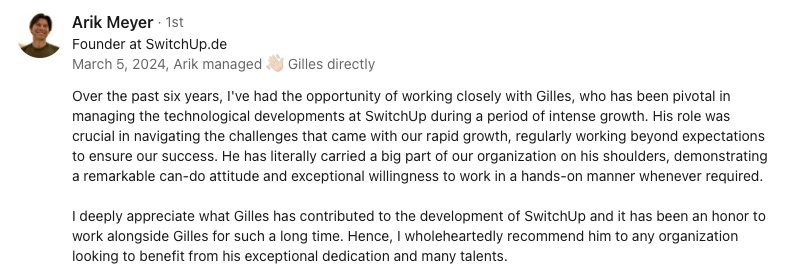Abstract:
Remote work has become the norm for many organizations, but it has also led to an increase in mental health issues like stress and anxiety. Technology and engineering leaders must prioritize mental health and support their employees by leveraging technology for virtual support networks, establishing clear work-life boundaries, and promoting open communication about mental health. This will create a healthier remote work environment.
The Hidden Challenge: Mental Health in Remote WorkUnderstanding the Impact of Remote Work on Mental Health
As a Chief Technology Officer, I have witnessed a seismic shift in the way we work, with remote work becoming the new normal for many organizations. While this transition has brought about numerous benefits, such as increased flexibility and reduced commuting time, it has also exposed a hidden challenge: mental health.
Mental health issues, such as stress, anxiety, and depression, have been on the rise in recent years, exacerbated by the isolation, uncertainty, and pressure brought about by remote work. The lack of face-to-face interaction, blurred boundaries between work and personal life, and the constant need to be "on" have all contributed to this growing crisis.
Addressing Mental Health in Remote Work: A Role for Technology and Leadership
As leaders in technology and engineering, it is our responsibility to address this challenge head-on. This means fostering a culture that prioritizes mental health, providing the necessary resources and support, and promoting open and honest communication.
One way to do this is by leveraging technology to create virtual support networks, such as mental health platforms, virtual therapy sessions, and online peer support groups. These resources can provide employees with the necessary tools and support to manage their mental health, no matter where they are located.
Another important step is to establish clear boundaries between work and personal life. This means encouraging employees to take regular breaks, setting reasonable work hours, and promoting work-life balance. Leaders can also lead by example, by prioritizing their own mental health and modeling healthy behaviors for their teams.
Finally, it is essential to promote open and honest communication about mental health. This means creating a safe and supportive environment where employees feel comfortable discussing their mental health concerns and seeking the help they need. Leaders can foster this culture by sharing their own experiences, providing mental health training, and encouraging open and honest conversations about mental health.
In conclusion, mental health is a hidden challenge in remote work, one that requires the attention and action of leaders in technology and engineering. By leveraging technology, fostering a culture that prioritizes mental health, and promoting open and honest communication, we can create a healthier and more supportive remote work environment for all.
You might be interested by these articles:
- Innovation at Scale: Balancing Speed and Stability in Tech Development
- Shining a Spotlight on Remote Workers: The Essentiality of Visibility
- Authenticity: The Secret to Startup Success





